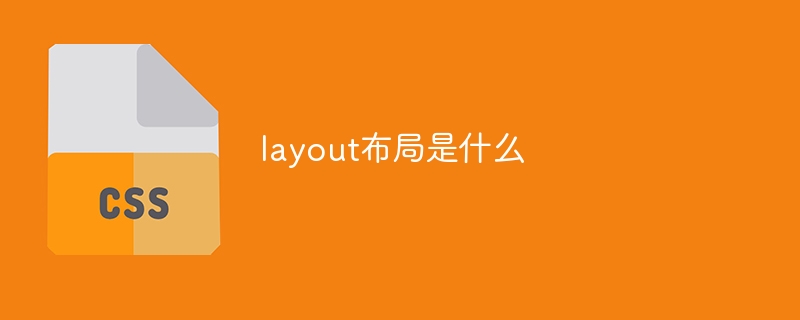

Layout layout refers to a typesetting method adopted in web design to arrange and display web page elements according to certain rules and structures. Through reasonable layout, the webpage can be made more beautiful and neat, and achieve a good user experience.
In front-end development, there are many layout methods to choose from, such as traditional table layout, floating layout, positioning layout, etc. However, with the promotion of HTML5 and CSS3, modern responsive layout technologies, such as Flexbox layout and Grid layout, have become the most commonly used layout methods in front-end development.
Below, we will introduce these layout methods one by one and provide specific code examples.
<table> tag in HTML. Use the <code><tr> and <code><td> tags to set rows and columns to implement the layout of elements. This layout method is relatively easy to implement in some simple situations, but in complex layout scenarios, it will lead to lengthy code and difficult maintenance. <div class="code" style="position:relative; padding:0px; margin:0px;"><pre class='brush:html;toolbar:false;'><table>
<tr>
<td>内容1</td>
<td>内容2</td>
</tr>
<tr>
<td>内容3</td>
<td>内容4</td>
</tr>
</table></pre><div class="contentsignin">Copy after login</div></div><ol start="2"><li>Floating layout: <br>Floating layout is achieved by setting the <code>float attribute of the element. The content in front of the floating element will wrap around it. However, floating layout is prone to the problem of being separated from the document flow, requiring additional processing to clear the floats, and has limited adaptability in responsive layouts. <style>
.left {
float: left;
width: 100px;
}
.right {
float: right;
width: 100px;
}
</style>
<div class="left">左边内容</div>
<div class="right">右边内容</div>
<div style="clear: both;"></div>position attribute of the element. Commonly used positioning methods include relative positioning relative, absolute positioning absolute and fixed positioning fixed. Positioning layout is also more flexible, but in responsive layout it requires multiple adjustments and calculations of position. <style>
.container {
position: relative;
width: 200px;
height: 200px;
}
.box {
position: absolute;
top: 50px;
left: 50px;
width: 100px;
height: 100px;
}
</style>
<div class="container">
<div class="box">定位内容</div>
</div><style>
.container {
display: flex;
justify-content: center;
align-items: center;
height: 200px;
}
</style>
<div class="container">
<div>Flexbox布局内容</div>
</div><style>
.container {
display: grid;
grid-template-columns: 1fr 1fr;
grid-template-rows: 1fr;
grid-gap: 10px;
}
</style>
<div class="container">
<div>Grid布局内容1</div>
<div>Grid布局内容2</div>
</div>The above are sample codes for several common layout methods. In actual development, we can choose a suitable layout method according to specific needs, or combine multiple layout methods to achieve a more complex web page layout. At the same time, we must also pay attention to the responsive adaptation of the layout to adapt to the use of different screen sizes and devices.
The above is the detailed content of What is layout layout?. For more information, please follow other related articles on the PHP Chinese website!




